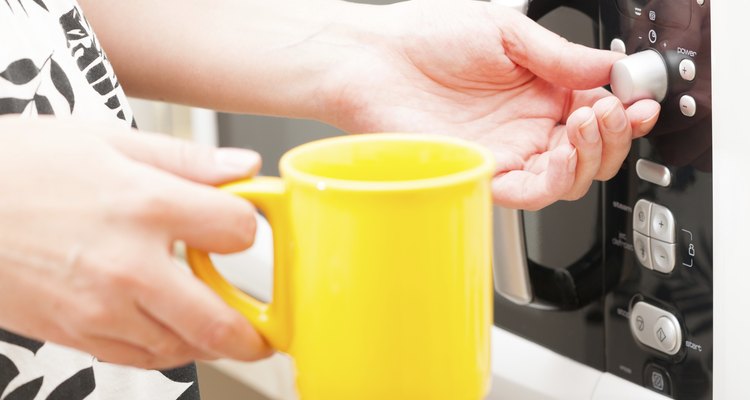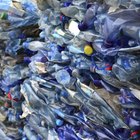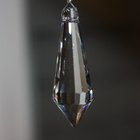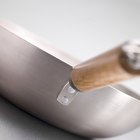
humonia/iStock/Getty Images
A ceramic mug may become too hot to handle, yet there are ways to pick ceramic mugs that stay cool in the microwave. Modern mugs often state on the base "Microwave safe" or "Not for use in microwave." Yet there's more to microwaving ceramic mugs than how they're labeled. Using the wrong ceramic mug in the microwave can be hazardous.
Microwave-Safe Labels
All that "Microwave safe" label tells you is that you can use the mug in the microwave without damaging the mug. The labeling isn't standardized, and manufacturers aren't required to test their ceramicware to make sure it's safe to handle after heating, Good Housekeeping reports. The label also doesn't ensure that the mug is nontoxic, another issue with heating liquids to boiling in a ceramic mug in the microwave. Don't use a ceramic mug that isn't labeled "Microwave safe" in the microwave because the mug may break.
Hot Drinks and Cool Hands
Color provides one key to choosing a safe mug to use in your microwave. Dark glazes may have more metal in them, such as manganese, according to Argonne National Laboratory's Ask a Scientist website. Even when these metals are safe to use on dinnerware by U.S. standards, they tend to heat to a hotter temperature than glazes with little or no metal. Some mugs, even those labeled "Microwave safe," become excessively hot in the microwave and can cause burns. Light-colored ceramic mugs of recent manufacture are more likely to stay cool.
Ceramic Hazards
Certain colorful pre-1960s mugs, such as trademarked Fiestaware, got their color from uranium and other radionuclides, according to the U.S. Environmental Protection Agency. These glazes give off radiation, and the EPA advises against using them for food or drink, so don't nuke them. Glazes used on ceramics may contain lead or other heavy metals, including arsenic. These are toxic and may contaminate liquids microwaved in these mugs. Good Housekeeping's tests found that some contemporary mugs subjected to a month's worth of dishwasher cycles and microwaving were more prone to becoming too hot than newer mugs, and one of the aged mugs leached lead, although at a low level.
Safe Microwaving
Although the lead levels found in the tests were fairly low, it's best to avoid lead exposure. Lead can be particularly harmful during pregnancy. Avoid using chipped or cracked ceramics and lead-glazed pottery from cottage industries based in other countries, the Centers for Disease Control and Prevention advises. Don't put mugs with metal parts or metallic paint in the microwave. Even a delicate line of gold paint at the top of the rim isn't microwave safe because metal becomes superheated in the microwave.
Related Articles

Cooking With Glass Vs. Ceramic

Can You Pour Boiling Water Into a ...

Heating Foods in Plastic & BPA

Are Nickel Lined Pans Safe?

Which Plastic Bottles Are Safe?

Glass Vs. Crystal Rhinestones

Can You Cook Frozen Dinners in Glass?

Characteristics of Oven-proof Plates

Health Benefits of Hot Peppers
How Do I Know If My TV Dinner Has BPA?

Can You Use a Glass Pan to Cook a Roast?

What are Goblets Used For?

How to Recycle Popcorn Tins
What Kind of Cans Are Used for Canned ...

Metal Types for Rings Similar to ...

Is Corning Cookware Safe?

Can I Make a Cake Mix in a Ceramic Dish?

How to Clean Gold Jewelry With Stones
How to Lower Cooking Times & ...

Skillets That Go in the Oven
References
Writer Bio
Gryphon Adams began publishing in 1985. He contributed to the "San Francisco Chronicle" and "Dark Voices." Adams writes about a variety of topics, including teaching, floral design, landscaping and home furnishings. Adams is a certified health educator and a massage practitioner. He received his Master of Fine Arts at San Francisco State University.
Photo Credits
humonia/iStock/Getty Images